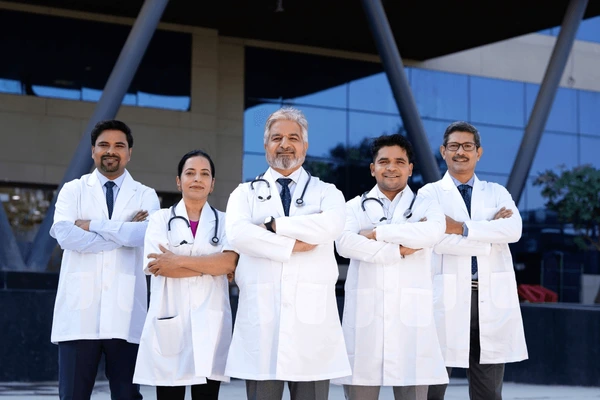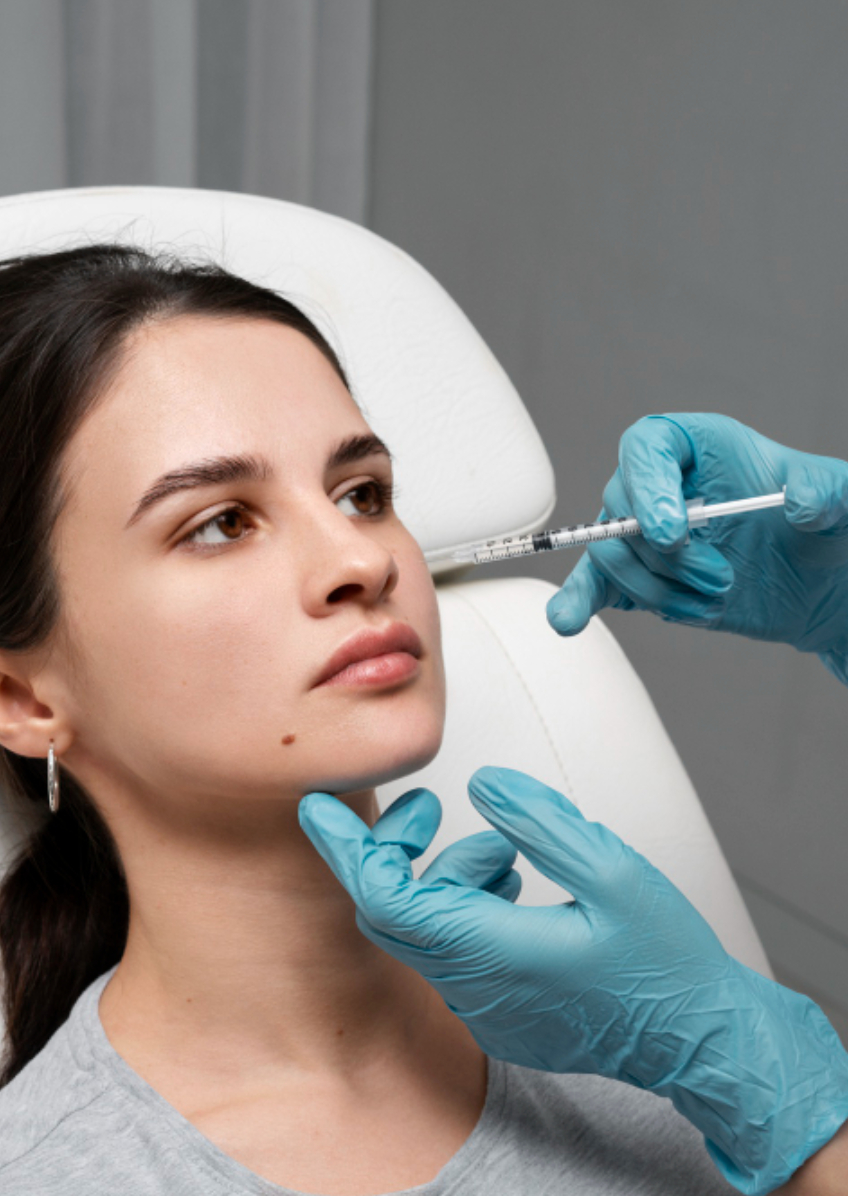Hair Transplant
Delivering exceptional eye care outcomes through advanced technology and the expertise of highly skilled ophthalmic surgeons.
Affordable & High-Quality Hair Transplant at Krishna Hospital, Sagwara
Hair transplant procedures have long been known for their high costs, but the scenario has significantly changed. With the growing popularity and saturation of the hair transplant industry, the procedure has become much more economical—especially at trusted institutions like Krishna Hospital, Sagwara.
At Krishna Hospital, hair transplant costs typically range from ₹60,000 to ₹4,00,000, depending on various factors associated with your specific case. The most significant factor influencing the cost is the number of hair grafts required. On average, each hair graft costs between ₹40 and ₹120 at our facility.
However, it’s essential to understand that not every clinic offering competitive prices delivers the same level of care, safety, and results. At Krishna Hospital, you don’t just pay for a procedure—you invest in expertise, advanced technology, and patient-centric care. Often, the difference in cost between an average clinic and a reputed one like ours is minimal, but the difference in results and experience is substantial.
Several factors determine the final cost of your procedure, including:
-
Number of grafts required
-
Type of hair transplant technique used (FUE, FUT, DHI, etc.)
-
Extent of baldness
-
Sex of the patient
-
Skill, qualifications, and experience of the transplant surgeon
-
Reputation and standards of the clinic
At Krishna Hospital, we combine affordability with excellence, ensuring that every patient receives safe, effective, and high-quality treatment. While choosing a clinic within your budget is important, it’s equally vital to ensure that your choice delivers lasting results and prioritizes your well-being.
We encourage you to prioritize quality and then choose the most budget-friendly option among the top-tier clinics. With Krishna Hospital, you won’t have to compromise—you get both affordability and excellence under one roof.
- Top-Notch Skin Care
- Experienced Dermatologist
- Advanced Yet Affordable Treatments
Experienced Team of Doctors
Our experienced doctors at Krishna provide exceptional, personalized care

Lakhs of Smiles & Counting
With over 1 lakh happy patients, we’ve proudly restored clarity and vision—helping people experience the world in a whole new light.
EXCELLENTTrustindex verifies that the original source of the review is Google. Best doctor in sagwadaTrustindex verifies that the original source of the review is Google. Trustindex verifies that the original source of the review is Google. Trustindex verifies that the original source of the review is Google. Trustindex verifies that the original source of the review is Google. Trustindex verifies that the original source of the review is Google. Trustindex verifies that the original source of the review is Google. Verified by TrustindexTrustindex verified badge is the Universal Symbol of Trust. Only the greatest companies can get the verified badge who has a review score above 4.5, based on customer reviews over the past 12 months. Read more


